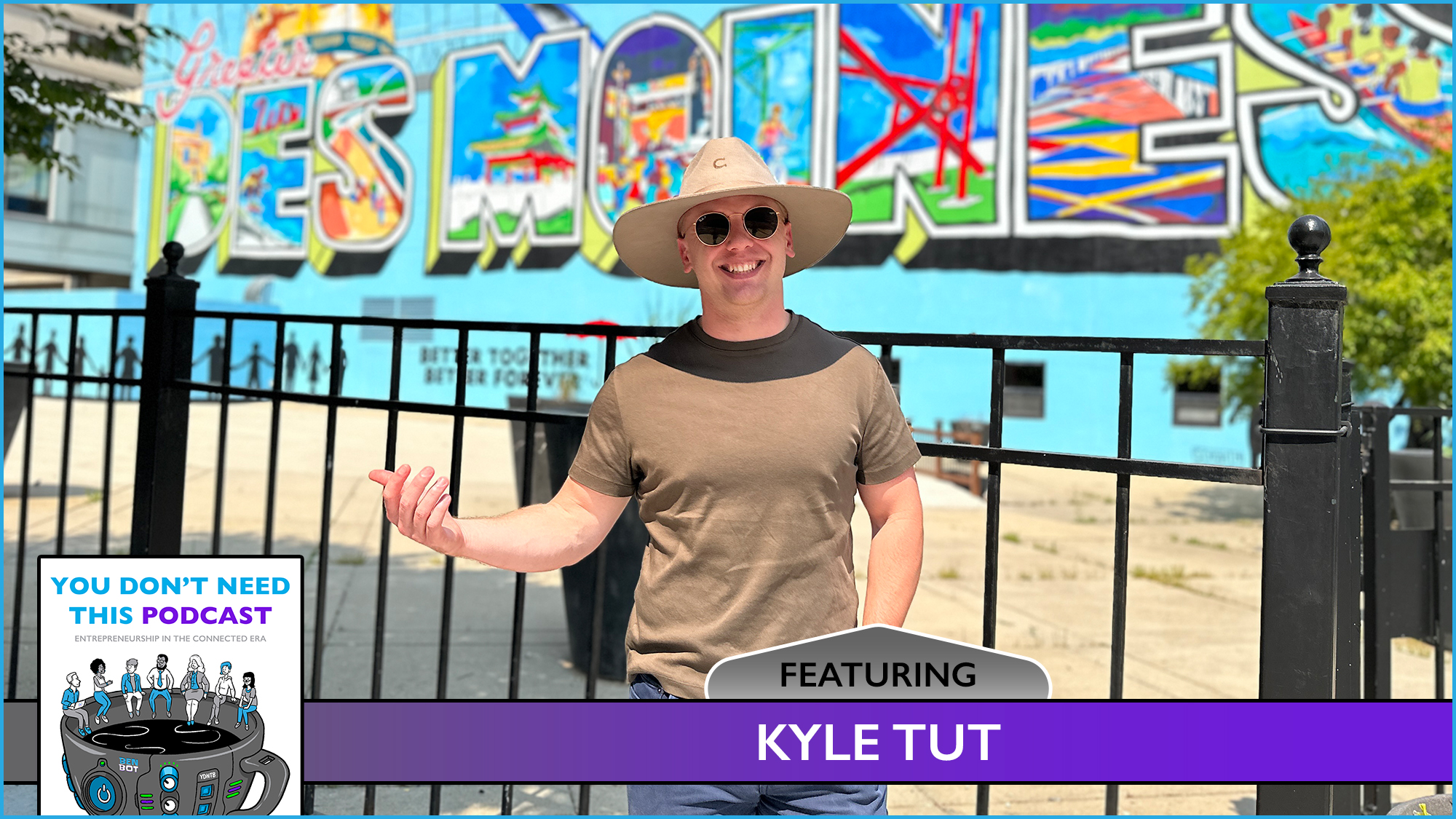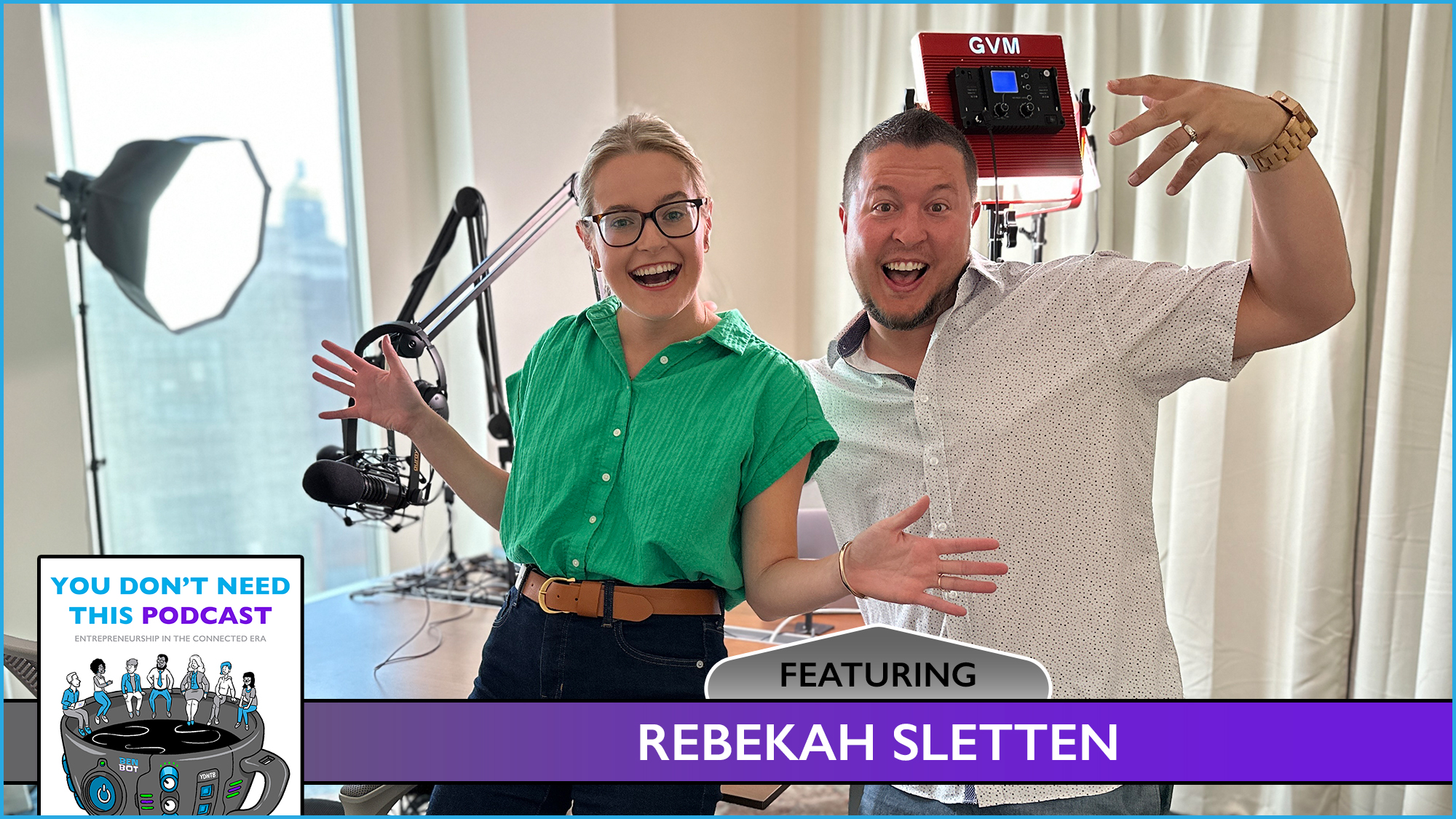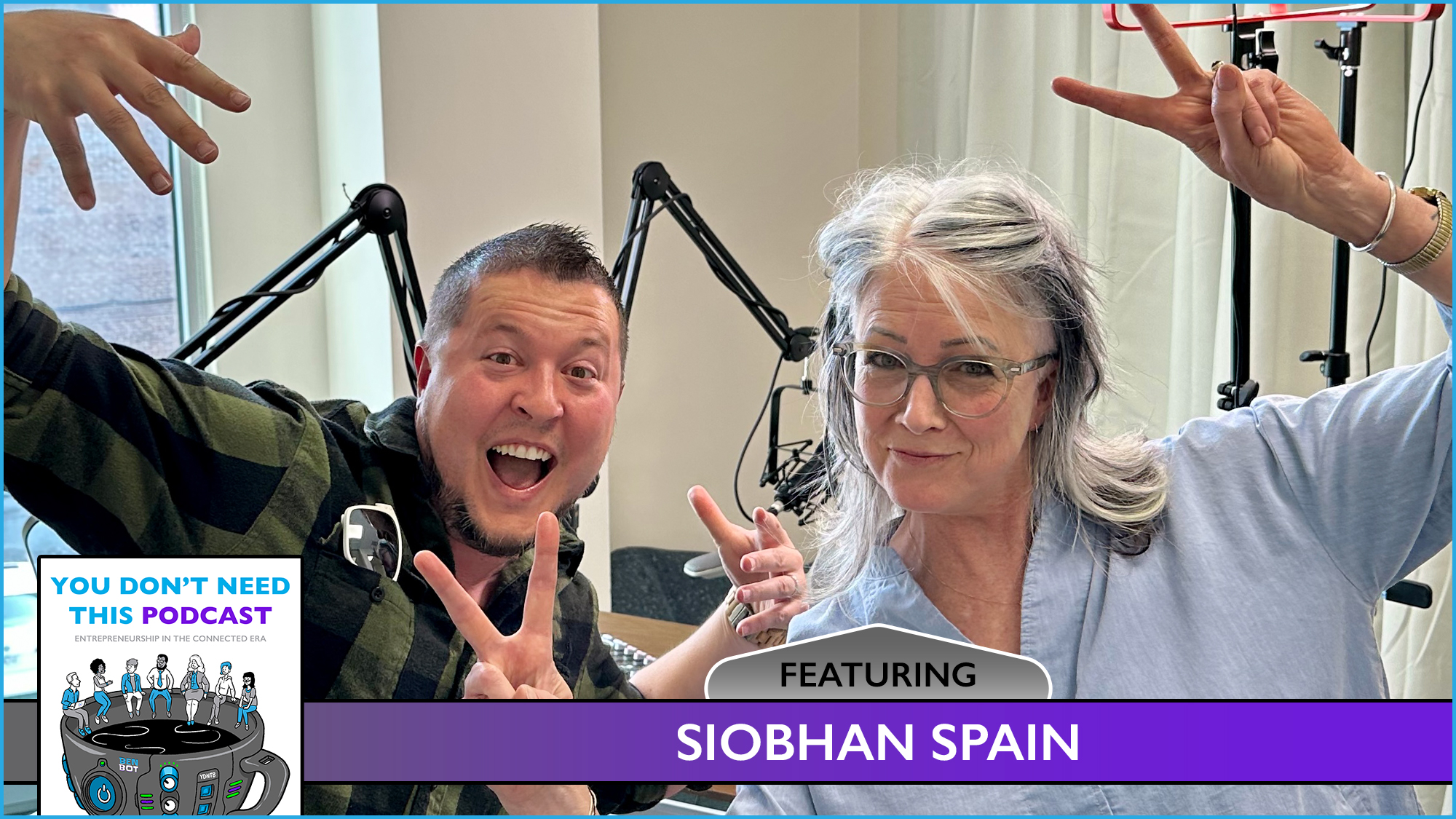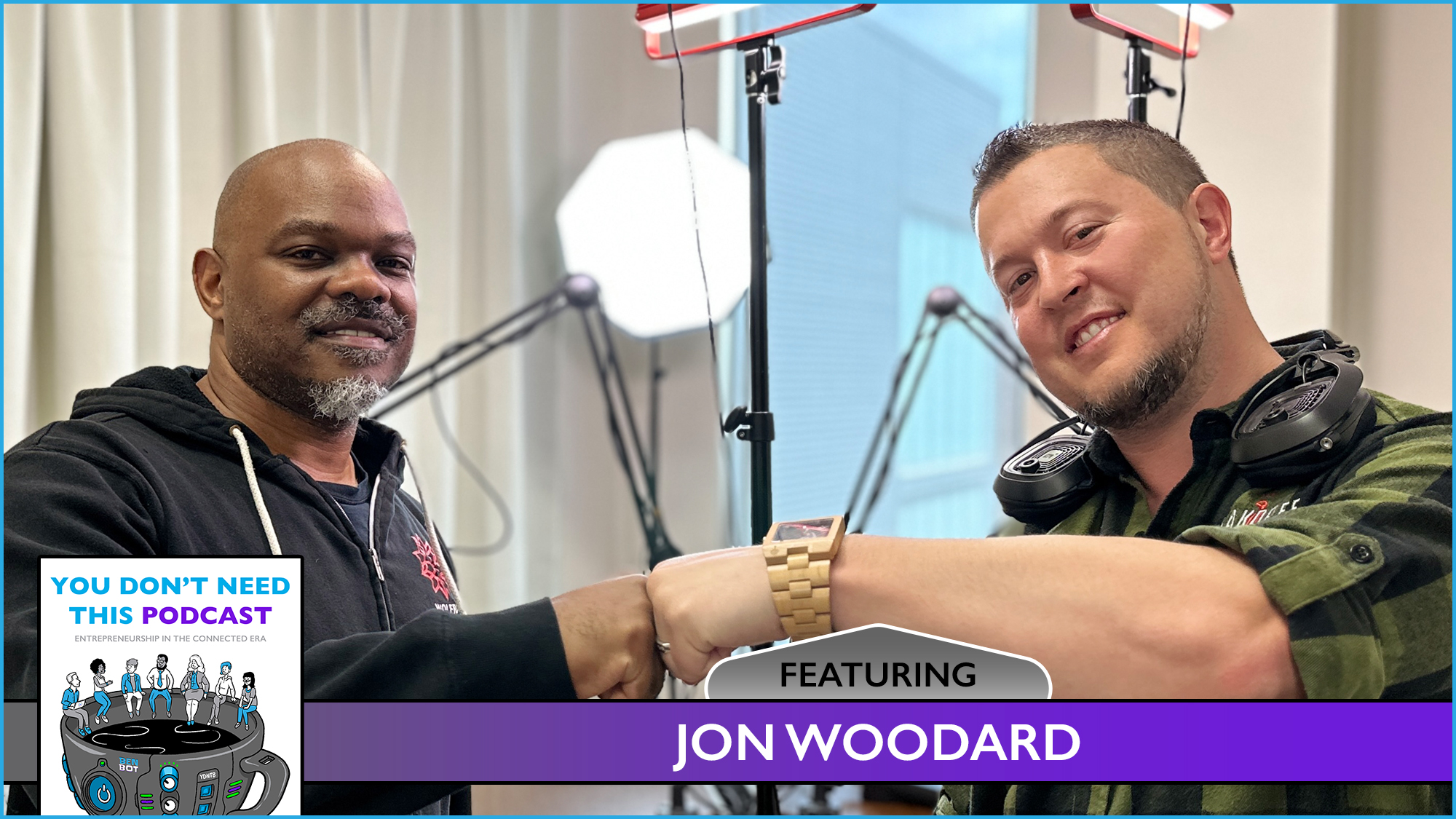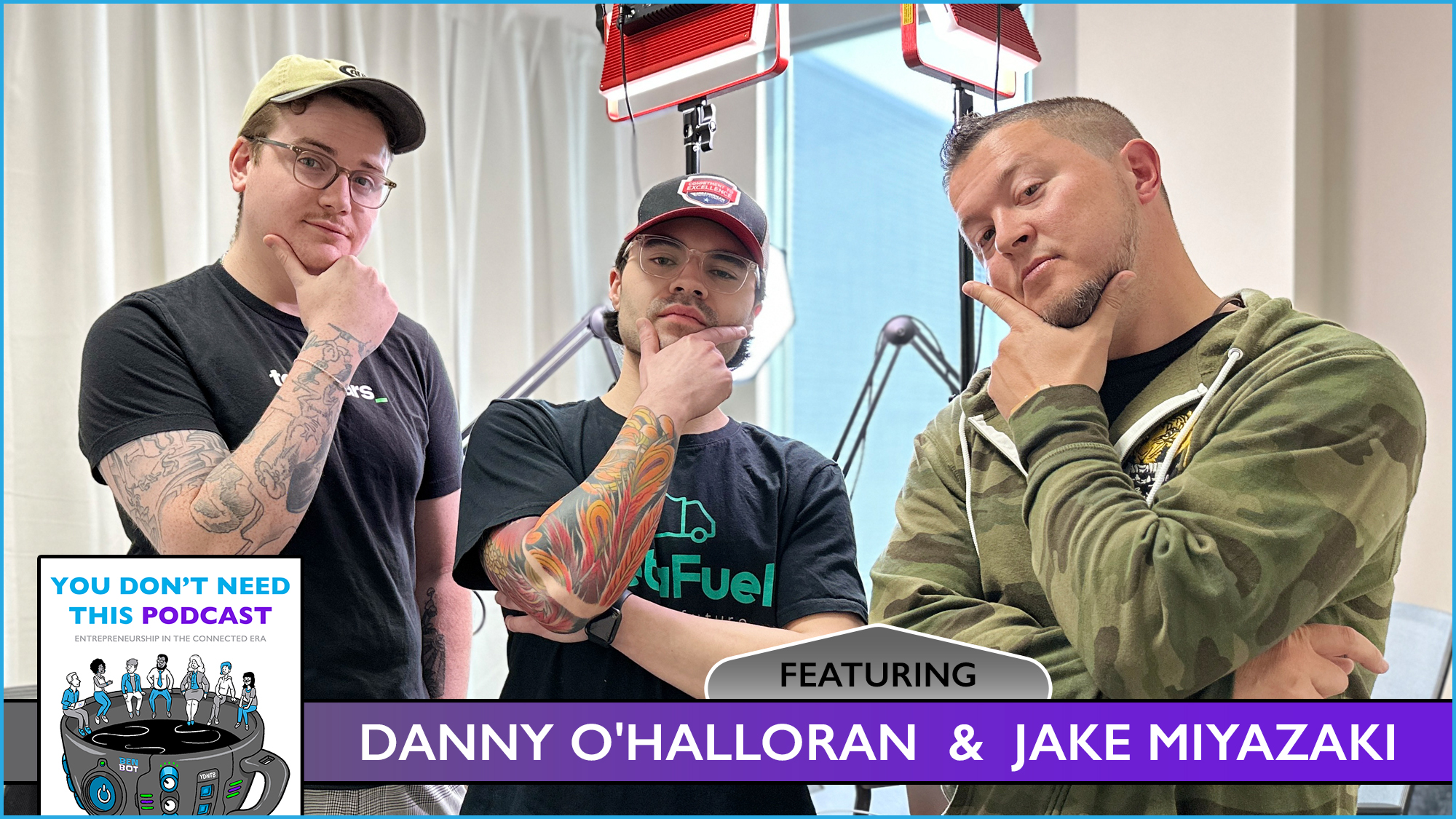
Danny O’Halloran defines founder-market-fit and Jake Miyazaki is a data scientist. These high school friends, turned roommates, and now co-founders are building MetaFuel. This team worked through the Techstars Iowa Accelerator in 2022. Today, they deliver a turnkey smart fleet platform that plugs into vehicle telematic systems. The MetaFuel Card is their latest innovation, which helps small trucking companies automate IFTA compliance, identify operational inefficiencies, and drive uptime.
Meet Me Half Way as we crush this episode in our monster truck, with a thoughtful discussion around technology in trucking, web3 ideas for a web2 industry, automated transportation, and much more.
